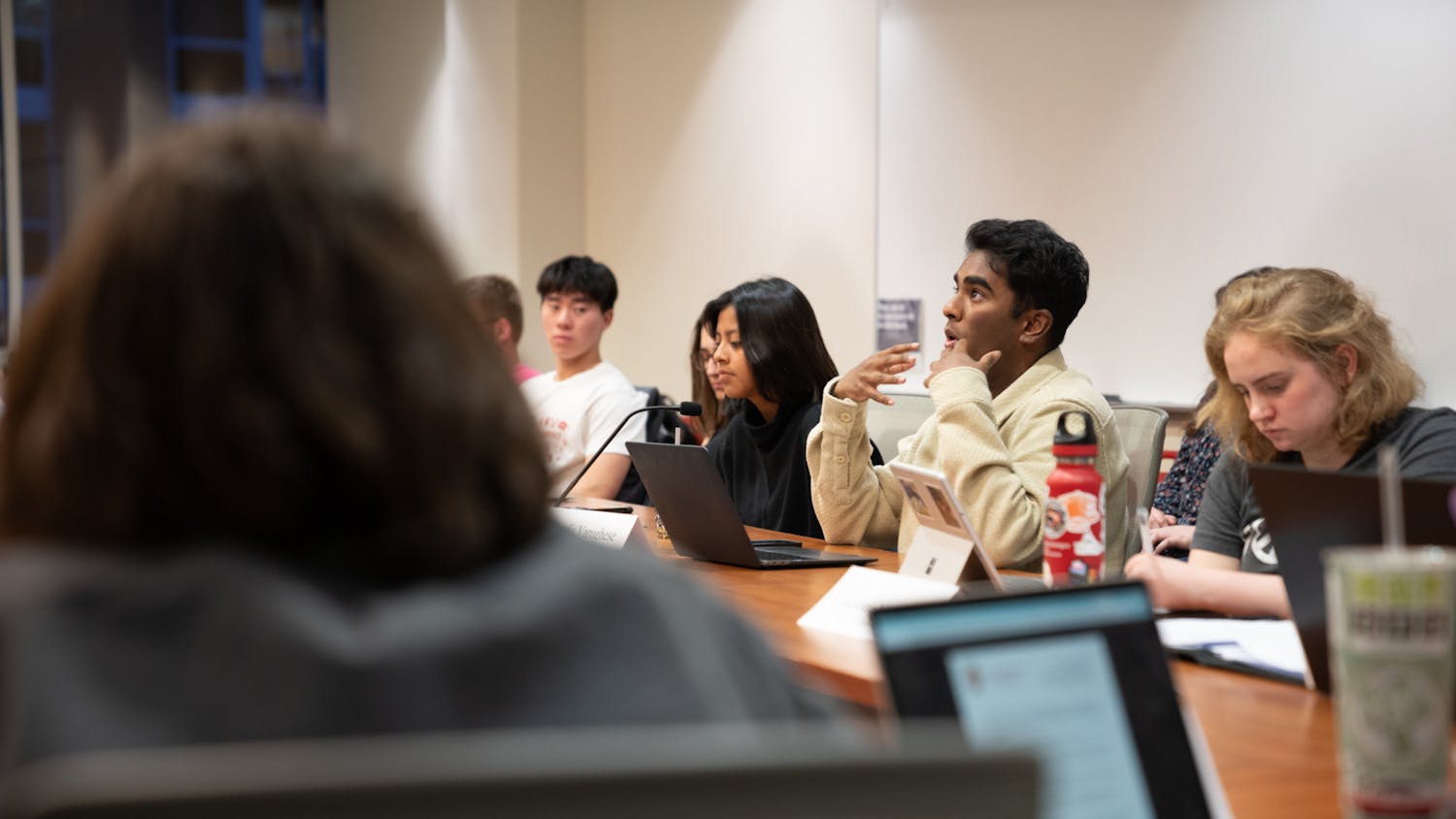Diversity. At UW-Madison, a predominantly white university, this word can mean different things to students. For some, the university is lacking in its ability to empower people of color. For others, the campus community is one of the most mixed racial groups they have ever been a part of.
As of last summer, 81.7 percent of Wisconsin’s population was white, according to the U.S. Census Bureau. In addition, the state has been criticized for its large housing gaps between whites and people of color, evidenced by Milwaukee being dubbed the most segregated city in America.
That title showed when last year Wisconsin topped 24/7 Wall Street’s list as the worst state for black Americans; the report cited Wisconsin as having the nation’s largest gap between white and black populations in terms of unemployment, college graduation rates and median annual income.
Even as the state lags behind in its population diversity, at UW-Madison, the overall number of people of color has increased in the last 10 years, from 5,111 to 6,782.
That statistic is reflected in the 2016-2017 Data Digest which shows that from 2007 to 2016, the overall number of people of color at UW-Madison increased for both undergraduates and graduates. This is also the case for the number of students who identify as two or more races in the last nine years (data on this group was not collected in 2007).
One organization contributing to this number each year is UW-Madison’s PEOPLE Program, a merit-based scholarship program which recruits low-income, first generation and underrepresented students for pre-college services and support.
Recently, the organization announced that it will be cutting back on the number of schools it will be accessible to, discontinuing its work in Sun Prairie, Verona, Middleton, Waukesha, Kenosha, and Racine school districts among others. Instead, the program will focus its resources on Madison and Milwaukee.
Gail Ford, pre-college assistant director of the PEOPLE Program, said the decision to stop working with the districts had to do with the program’s inconsistent service models across the state.
Not all students were given an equal experience in the program with different communities having varying points of eligible enrollment; while Milwaukee students couldn’t join until the summer between their freshman and sophomore years in high school, Madison students could enroll in elementary school. In addition, limited finances kept the program from increasing services across the state, Ford said.
The organization’s decision to focus on Madison and Milwaukee is not only due to their large populations, but also their high school graduation rates, Ford said.
In Madison, the graduation rate of white high school students is 90 percent while PEOPLE’s “target population” rate is 62 percent. The gap is smaller in Milwaukee, but the overall rate is lower with 69 percent of whites and 58 percent of the “target population” graduating, Ford said.
“Milwaukee gives us a college access problem—period. Even in cities like Madison, where some folks are doing really, really well, we still see this very large disparity between how the system is working for white students and then how that system is working for students of color and low-income students,” Ford said. “We really hope to disrupt that for students participating in our program.”
Ford said she is hopeful that other organizations will take over where PEOPLE left off in the districts it is no longer serving.
“We don’t feel good about our decision to not service other districts,” Ford said. “We absolutely are really hoping that other community organizations that may have the capacity to serve some of the districts that we are no longer serving would see the need there and decide to take action on that for those kids.”
Because the PEOPLE Program does not automatically guarantee admission into any university, Ford said it isn’t clear how the adjustments will affect how many people of color are admitted into UW-Madison, as well as other UW System schools. Office of Admissions and Recruitment Interim Director André Phillips pointed to the PEOPLE Program’s record number of 95 incoming UW-Madison freshmen last fall as a step forward for diversity.
However, according to the 2016-2017 Data Digest, the total number of people of color (excluding international students, who are counted in a separate category) on the UW-Madison campus in 2016 was 6,782. While not many of those students are PEOPLE scholars, Ford said the program makes an impact on diversity in the UW System by working with those who have not had access to higher education, even if the numbers aren’t huge.
“We won’t be able to solve the diversity problem alone for UW-Madison or any other UW System school, but I think this program can do its part to make sure that we can touch a limited amount of students,” Ford said.





